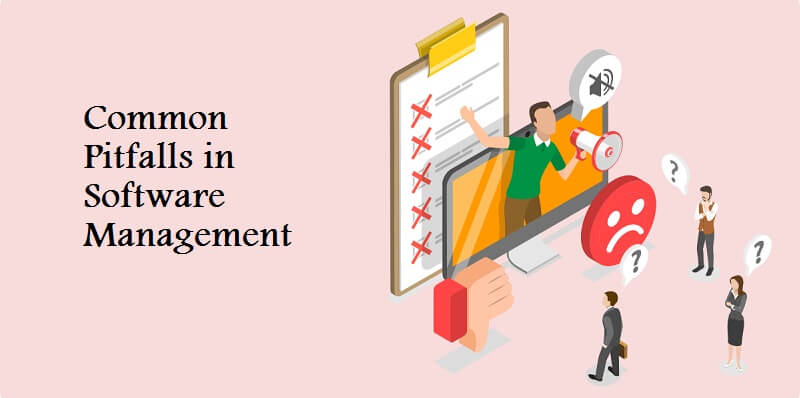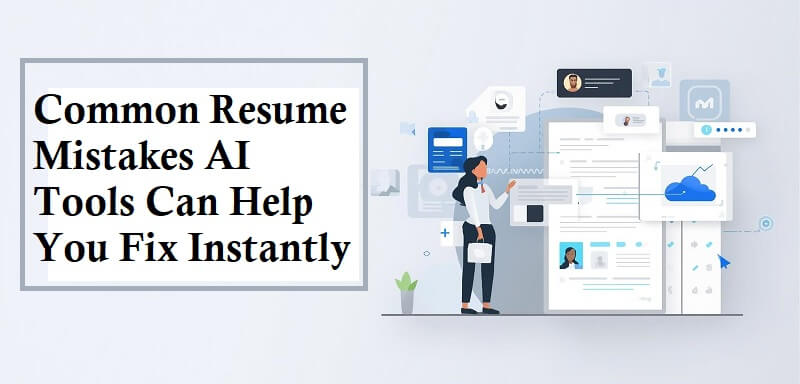
Companies that undertake the software management task are sure to be aware of the delicate balance of technical expertise, effective communication, and strategic planning that must take place within a successful project. However, sometimes even the best-laid plans can fall short, and the project can meet an untimely end. So, read on to help avoid encountering common pitfalls that can lead to lengthy delays, costly waits, and even failure. This article is for you! It is going to provide you with valuable insights that help you avoid common pitfalls and enjoy the outcomes of a successful project.
Let’s Start With the Requirement Analysis
If you complete this first step to its fullest, you’ll be on your way to avoiding common pitfalls in software management. You must undertake a thorough and accurate requirement analysis. While it will take some time and effort, you simply must understand the scope and requirements of the project before getting started. Ambiguous requirements that everyone cannot understand can lead to scope creep later down the line. This is when a project and its objectives continue to grow past what was initially agreed upon. This can lead to massive delays and, of course, increased costs. To avoid this, project managers should prioritize a comprehensive requirements-gathering process involving stakeholders and end-users to understand project expectations clearly.
As well as what is required, you should also outline the project scope. The project scope should clearly outline the deliverables, the expected criteria, and the timeline for the project. Clearly defining these three things can help team members or those working on the project understand their responsibilities, thus avoiding confusion or inefficiencies. However, sometimes even the most carefully considered plans fail. If this happens, it’s a good idea to utilize the skill set of software failure expert witnesses to help you understand how and why your project failed and which pitfalls you didn’t successfully avoid.
Poor Risk Management
Most projects that are worth doing are accompanied by some kind of risk, from technical challenges to external dependencies. Before getting started it’s important to aim to identify any risks so that you are better prepared to mitigate them, avoiding severe consequences. Effective risk management must involve not only the identification of issues but also a contingency plan, as well as continuous monitoring and reassessing. Risks can evolve and change throughout a large project. By taking the time to assess the risks of the project thoroughly, you are setting yourself up to better handle any potential issues and uncertainties, avoiding expensive setbacks.
Communication is King
A common software management pitfall is underestimating the power of good communication. When team members, stakeholders, and project managers are not on the same page, it can lead to misunderstandings, missed deadlines, and compromised project quality. A simple way to avoid this common pitfall is to establish clear communication channels. Of course, you may give instructions or explain things in person, but why not follow up with meeting notes or a summary email of what’s been discussed that team members can look back on later? This also gives you a record of conversations, which can be helpful later down the line. It would help if you also aimed to foster an environment where team members feel comfortable asking questions and expressing their concerns. Ensure everybody involved is included in regular project progress updates. In addition to this, you could aim to utilize collaboration tools online to enhance communication and improve transparency.
Be Realistic with Your Goal Setting
Setting unrealistic goals and timelines for a software management project is a common pitfall many succumb to. It can lead to cut corners and greatly impact the project’s overall success. While there is often pressure to deliver results quickly, rushing the development process can lead to subpar outcomes as people fail to do their jobs properly within a shortened time frame. Make sure you speak to others on your team to get realistic estimations of project timetables. Factors such as team capacity, technical complexity, and potential roadblocks should all be taken into account when goal setting, and setting the timeline for the project. Additionally, you may want to improve your chances of success by including buffer time in your schedule. This allows for any unforeseen challenges to be dealt with and creates a more achievable project timeline.
Lack of Testing Leads to Errors
Inadequate testing is a critical pitfall that can greatly impact your chances of success in software management. When you’re confident in what you have produced it can be tempting to rush through the testing process, but this is a mistake! Neglecting thorough testing can result in undetected bugs, security vulnerabilities, and an overall poor user experience. To avoid this common pitfall, you must allocate adequate time for testing strategies. This should include testing strategies, including unit testing, integration testing, and user acceptance testing. If you must improve the speed of this step, you can utilize automated testing tools that can help streamline the process.
Collaborate with your Team Effectively
Collaborating with your team members is important when working on software management. Lack of collaboration, whether due to siloed communication or interpersonal conflicts, is a common pitfall that can quickly derail your project. Everyone has different skills and should be respected. To ensure this, aim to create a collaborative team culture. You should make an effort to invite open communication and honesty during meetings. It’s also important that the whole team feels like they have collective ownership of the project. This collective ownership approach can aid knowledge sharing and stop team members from “passing the buck”. Team-building activities and clear role definitions contribute to a positive collaborative environment.
Involve your Stakeholders Every Step of the Way
Especially at the beginning of a project, it’s extremely important to involve your stakeholders in the conversation. They simply must be privy to, and have a say on the outcomes, and how they align with organizational goals and meeting end-user expectations. If your stakeholders are not actively involved or kept up-to-date throughout the project it can lead to misalignments, misunderstandings, and dissatisfaction, resulting in project failure. This is a common pitfall, but one that can be easily remedied. While clear communication channels with your team are important, they should also be open for stakeholder communication. Seek regular feedback from stakeholders and ensure their expectations are being met continuously. This means if any problems or misalignments do arise, they can be handled swiftly.
Invest in Continous Improvement Throughout the Project
The power of continuous improvement simply cannot be overstated. Software projects are dynamic endeavors that require constant adaptation. Failing to look for areas where you can improve, and neglecting to adjust strategies based on feedback is sure to result in easily avoidable mistakes. Project managers should focus on creating a culture that values continuous improvement. This can be done by conducting post-project reviews, gathering feedback, and implementing changes from your learning. This is sure to enhance the project, as well as future projects.
Mastering the art of a successful software project requires a strong understanding of the requirements, crystal-clear project scopes, risk management, incredibly strong and open communication, a realistic timeline that’s grounded in reality, adequate testing, and the ability to work as a team! With these skills, you are sure to avoid the common pitfalls that so many fall victim to. A well-executed project management strategy ultimately enhances the likelihood of delivering high-quality software products that align with stakeholder expectations and organizational objectives.
Interesting Related Article: What Is Open Source Software?








